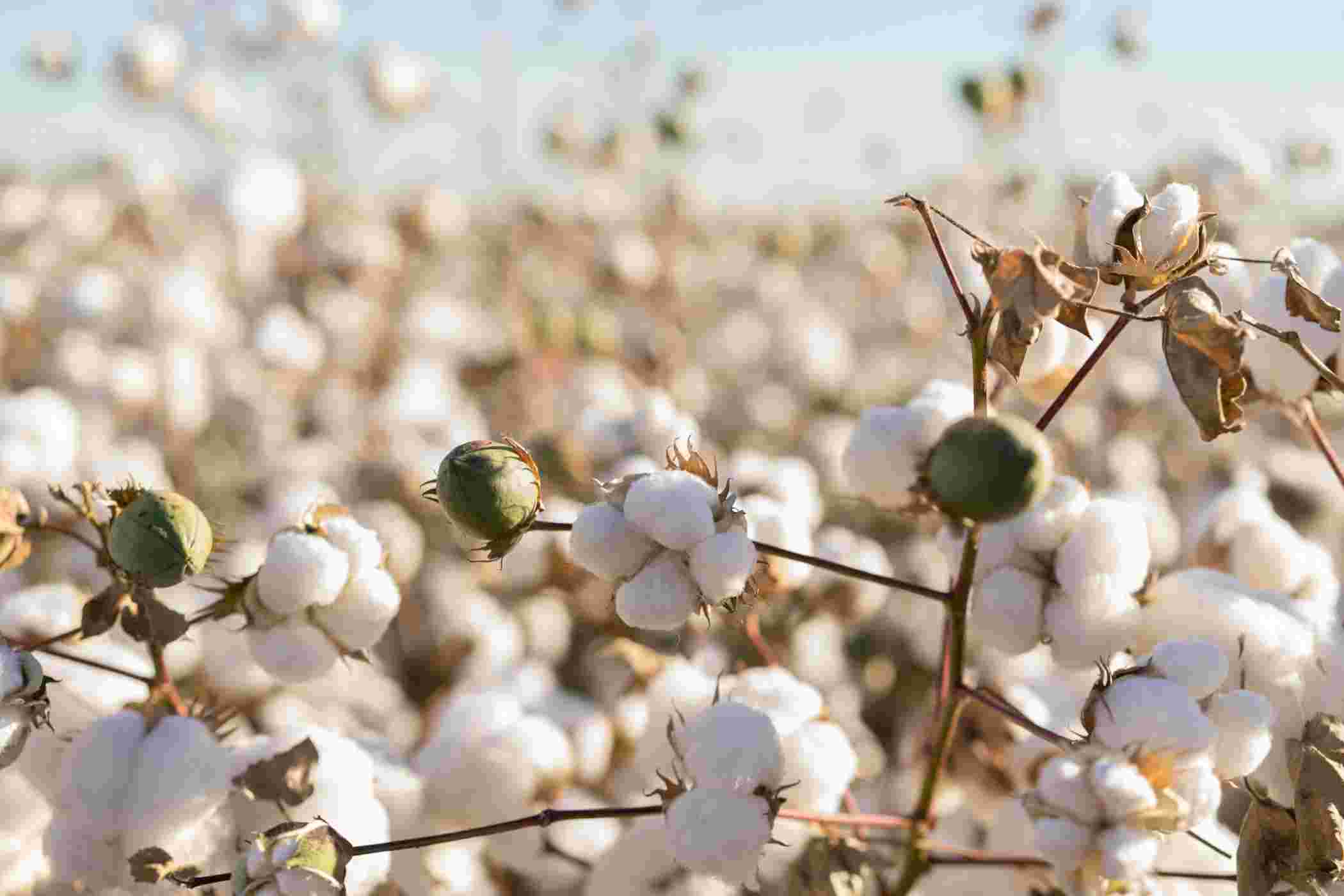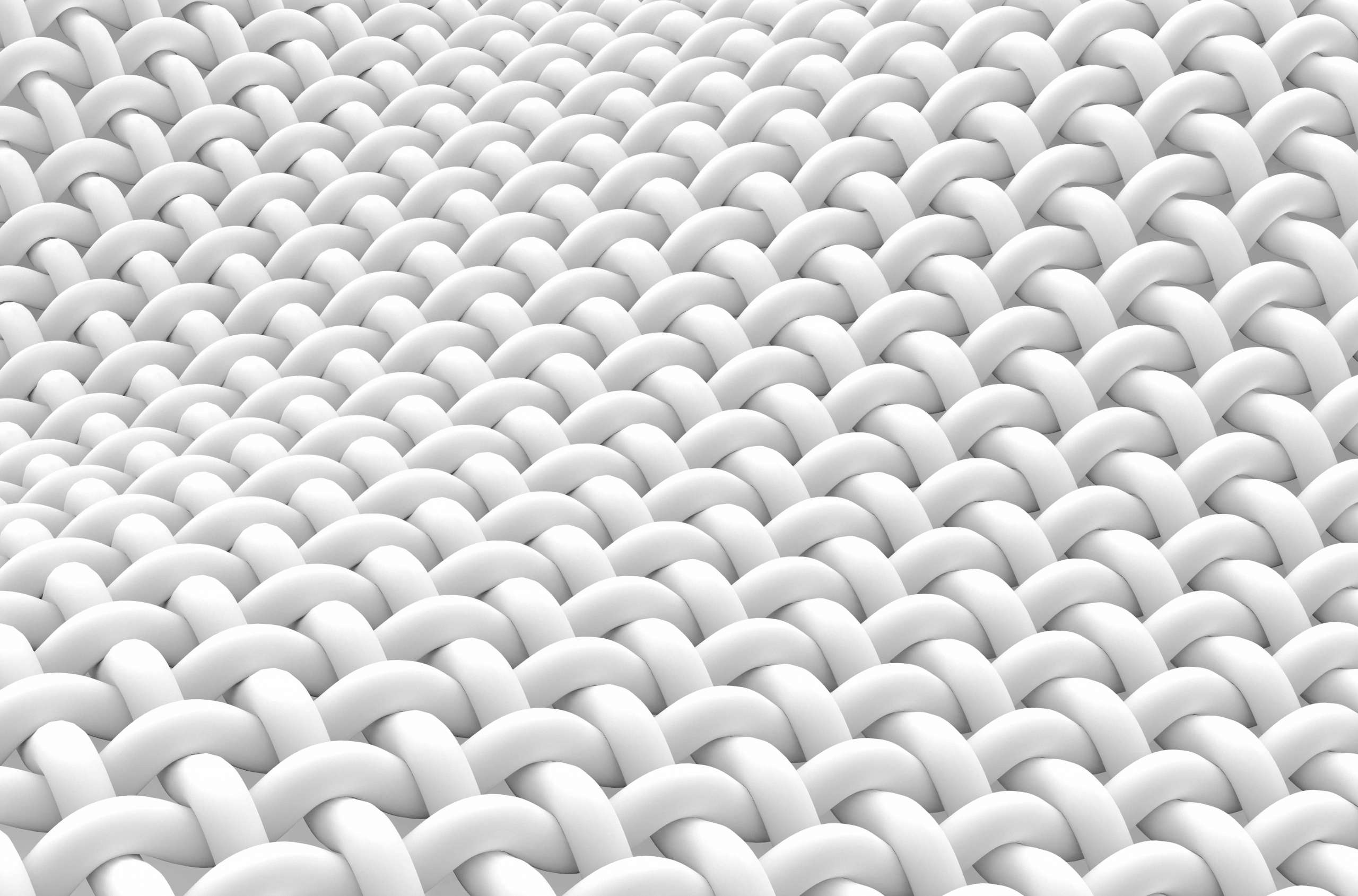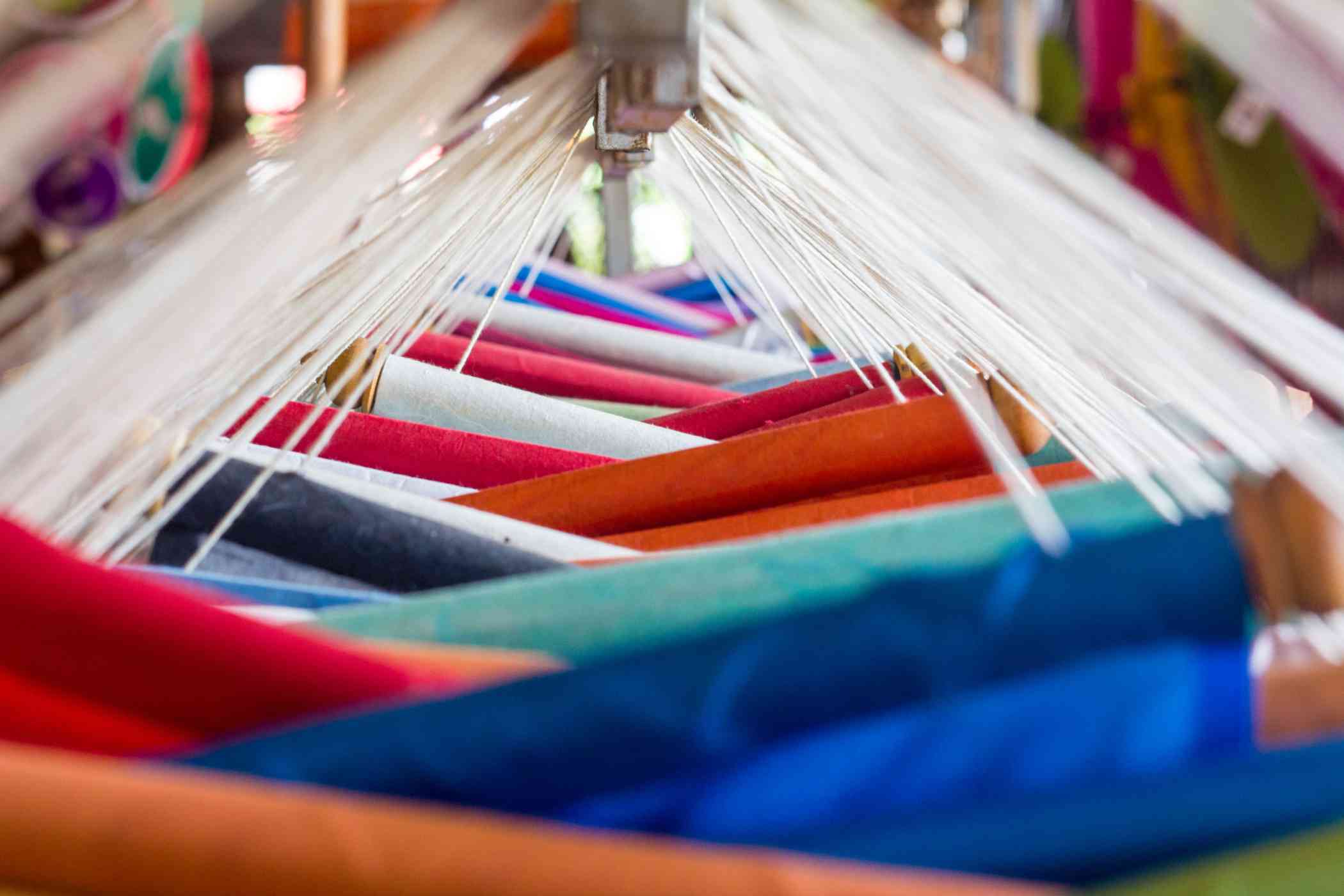Comparison Between Different Types of Silk

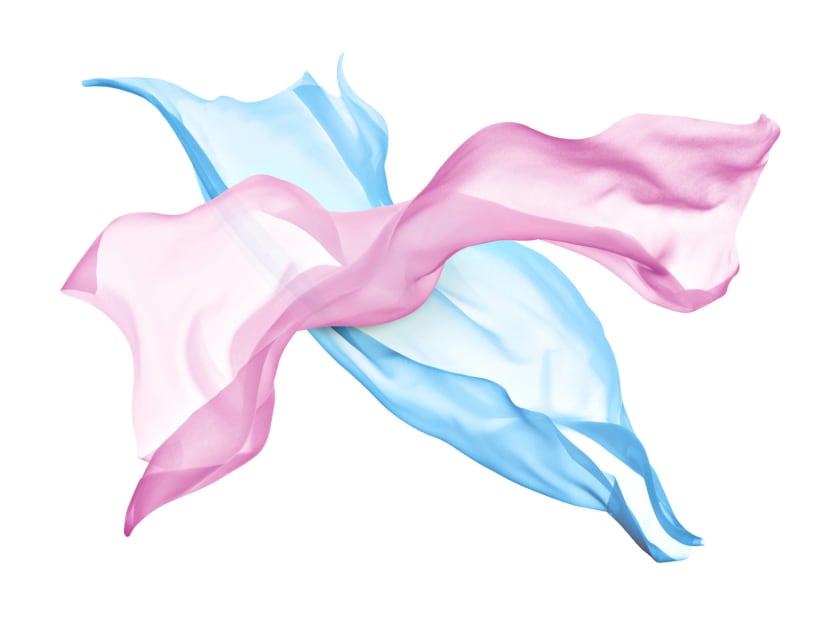

Silk is a natural fiber known for its elegance and sophistication at the first glance. But I always wonder, what makes silk so special and desirable? Is it the attention-grabbing features, shine, or something else? Well, whatever it is, silk is a high-demand commodity that consumers want to yearn for fashionable garments with soft furnishing.
Do you know there are more than 35 types of silk available in the market and all available in awesome quality? No wonder I always find myself scratching my head to find the best silk.
It would take a sane person to be able to find the best silk among the different varieties of silk fabric present in the market. But, as you know, I care for you. So, to make things easier for you, I have found some tried and tested types of silk you can go for any time. And yes, you can also compare them easily to get the desired silk fabric you always wanted.
Different types of silk fabric:
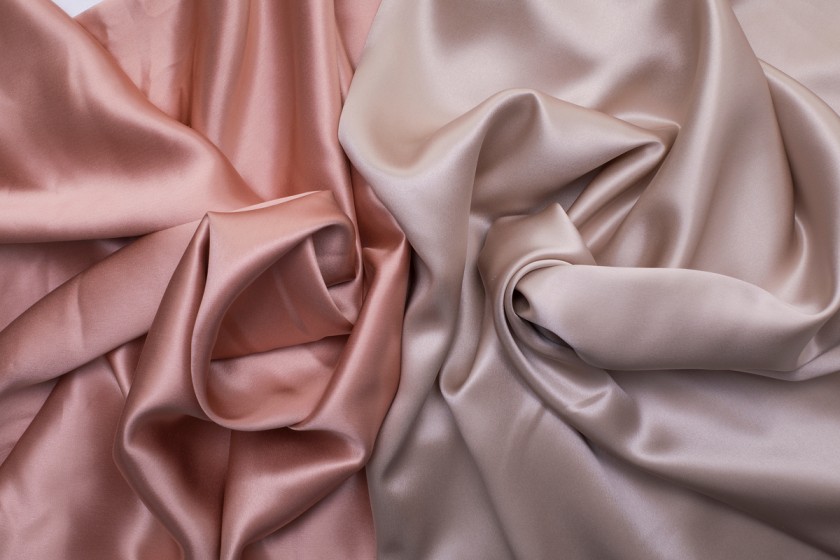
- Mulberry silk: Do you know Mulberry Silk is the most favorable worldwide and is 90% of the global silk produce. It’s the highest quality silk because it’s made from mulberry silkworm Bombyx mori. Momme is used to measure the density of silk. In Mulberry Silk bedding, there should be at least six to ten momme available in the fabric. It is used to make comforters and sleeping bags.
- Erik Silk: Erik Silk is found in some areas of North East India and some parts of China and Japan. It originates from a special kind of caterpillars. But there is one thing which fascinates me about this silk. Do you wanna know? It makes you warm in winter and cool in summer. What else do we need then? This fabric is not the most preferred choice of silk fabric for production purposes. It is often used to make pillow covers, quilts, curtains, etc.
- Tussar Silk: Moth family silkworms are responsible for producing all types of Tussar Silk. This family has made their house in different locations like India, Japan, China, and Sri Lanka. It’s golden in color and more textured but less durable than Mulberry Silk. It can be used to make garments, linen, and sarees.
- Muga Silk: Muga silk originated in India (yeah, almost everything in the world originated in India). It has a glossy golden brown texture. It is also known as Assam milk, as the fabric produced from silkworms was reserved for the royal families of Assam. It is used to make sarees. But it is mainly used for eco-friendly, sustainable purposes (isn’t it great?). Hence, it can’t be dyed (I must admit that this fact disappointed me as I love colors.)
- Spider Silk: Spider Silk??? Well, I reacted like this too when I heard of it for the first time. I thought Spiders are leaving their job of making webs and have recently found an employment opportunity of making silk. The thing is, however funny it sounded in my head, it’s true.
Spider silk is indeed produced by spiders by spinning their web and capturing their prey. Aren’t they smart? I was also impressed by them. This silk is difficult to produce and requires effort. This is a durable type of silk and is often used to make bulletproof jackets, resistant clothes, and telescopes.
- Sea Silk: Sea silk is the most expensive silk in the world and that is the reason I never thought about it many times before finally buying it. It has its roots in China, Bangladesh, Thailand and India. Although, the kind of species that produce Sea Silk is on the verge of extinction (so maybe not worth it, after all) and for this reason it’s harvested by some handful of people in Sardinia. It looks like a beautiful and dark chestnut color extracted from shells.
How to identify Natural Silk?
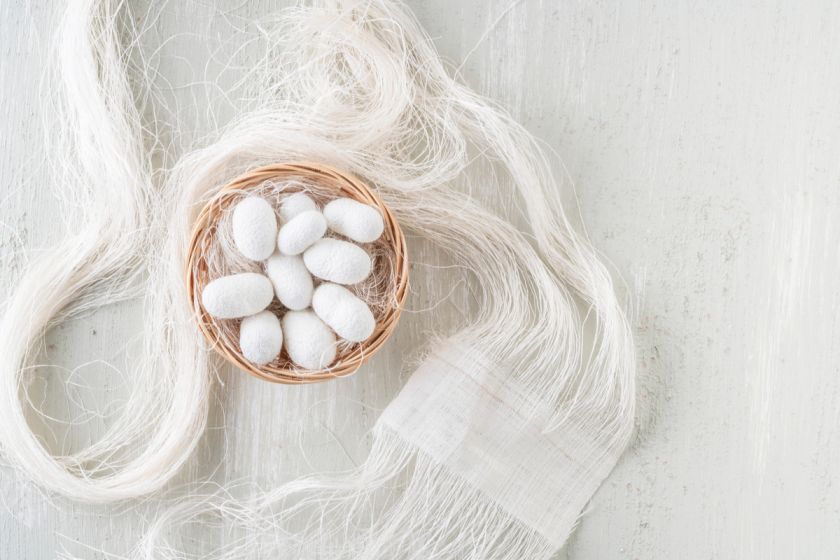
- Cost: Natural silk will cost you more than artificial silk.
- Color: Natural silk will always shimmer, if it turns out to be flat and non-shiny, it’s not natural.
- Smell: When natural silk is burned, it smells like burnt hair. You know the next step ;)
- Touch: Rub the material between your fingers, if it becomes warm then it’s natural silk.
- The ring test: Pull the silk through a ring. If it passes out easily, then it’s real silk.
So, now you know some of the best quality silk fabric and also, I have stated some key differences of comparisons of different types of silk fabric. You guys can easily find the best suitable silk for yourself. It won’t be difficult now, right? Now, don’t wait anymore and start your research now for the desired silk fabric.















